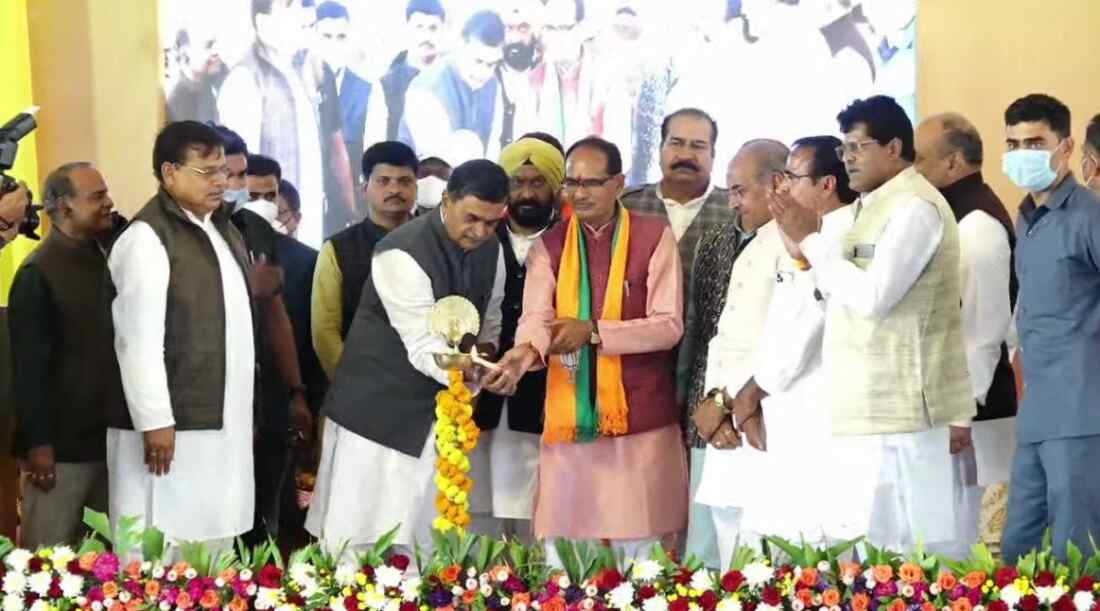Energy Literacy is key in Transitioning to Solar Energy

The global disruption in economic activities due to the Covid-19 pandemic had resulted in an extraordinary decrease in carbon dioxide emissions last year. Carbon emissions from fossil fuels fell by 5.4% in 2020, as government-mandated pandemic restrictions shut down restaurants and factories, closed borders, and grounded planes.
The Global Carbon Project (GCP), an international research outfit, presented this data pertaining to latest trends on carbon dioxide emission during the Glasgow climate summit. The project estimates that the CO2 emissions fell from 36.7 billion tonnes to 34.8 billion tonnes in 2020 alone – an absolute reduction of 1.9 billion tonnes.
The group also noted that carbon emissions from burning fossil fuels increased by 4.9%, to about 36.4 billion tonnes this year. While this has been a marginal increase, this quick rebound has caused concerns owing to government efforts to open up their battered economies and the huge demand for coal in China and India.
While this is bad news vis-à-vis carbon emissions, the lockdown has helped people become more conscious towards the long-term impact of their choices on the planet. Thanks to the ubiquitous phenomenon of 'stay at home' and 'work from home' experienced by people in 2020 and 2021. Whether it is fashion, technology, or mobility, consumers have seen a positive visible impact of their decisions to choose sustainable living in the interest of improving the environmental health.
While there is a semblance of new-found awareness and sensitivity among global consumers towards sustainable living and renewable energy, it does not provide a long-term solution. At best, this is a short-term disruption, which gives the global governments an elbow room to secure public buy-in to transition from traditional to renewable sources of energy. If we move quickly in this direction, then we can hope that our next generations may enjoy a world completely powered by renewable energy sources, in the next four to five decades.
In the Indian context, GCP has projected that India's CO2 emissions would rise 12.6% compared to 2020, contributing to 7% of global CO2 emissions. Hence, we need to rapidly transition to renewable sources, especially to solar, which will also play a key role in achieving our commitment to becoming net-zero by 2070. The state government must play a seminal role in this journey to green energy by creating a grassroots movement, driven by people.
This is akin to the massive grassroots drive, which resulted in the successful implementation of the Swachh Bharat Mission. The grassroots people movement was driven by a massive public literacy campaign, which ensured that India achieved the goal of becoming Open Defecation Free (ODF) ahead of the stated deadline of 2019. In the same direction, the state governments of the leading renewable energy producing states like Rajasthan, Karnataka, Gujarat, Tamil Nadu, Andhra Pradesh should come up with massive public awareness campaigns that can create widespread awareness and move the people to adopt solar energy.
Madhya Pradesh, which is one of the top ten producers of solar energy in India, has been an early mover in this area. It has taken its commitment of transitioning to solar energy to the next level. The state government has announced the implementation of a people-centric movement called the 'Urja Saksharta Abhiyan' (USHA). Reportedly, this ambitious effort is the world's largest energy literacy program to build an energy-conscious society. Through this massive exercise, the MP government aims to reach out to more than seven crore citizens of the state through various channels. This movement would reach out to students, housewives, businessmen, and others at the cross-section of the society. The state government aims to inculcate the habit of energy saving, making it a part of one's behavior. It will focus on educating the citizens about the benefits of adopting solar energy, as well.
Reinforcing its commitment to solar energy, the MP government has also focused on educating the farmers to extend the reach of this energy literacy exercise. The land-owning farmers will be encouraged to adopt solar energy and will be supported, under the PM-KUSUM scheme, to set-up solar power generation units on their lands. Besides, helping reinstate their understanding of the benefits of solar energy, it will also accomplish a double benefit of providing cheap power for irrigation and additional incomes to the farmers.
If all the renewable energy producing states make energy literacy a focus in the next five to seven years, then India will be in a comfortable position to achieve the commitments made by PM Modi at COP26 summit, ahead of time. We will be able to meet 50 percent of our energy requirements from renewable energy and achieve a reduction in the total projected carbon emissions by one billion tonnes from now till 2030.
As we prepare to achieve our renewable energy goals, we must negotiate our way with an understanding that clean energy is the defining challenge of our time. The challenge is to produce more energy in a sustainable manner, while continuing to reduce carbon emissions until we become net zero. The opportunity lies in addressing this challenge collectively, and transitioning to renewable energy as a nation, undergirded by a grassroots energy literacy movement.



